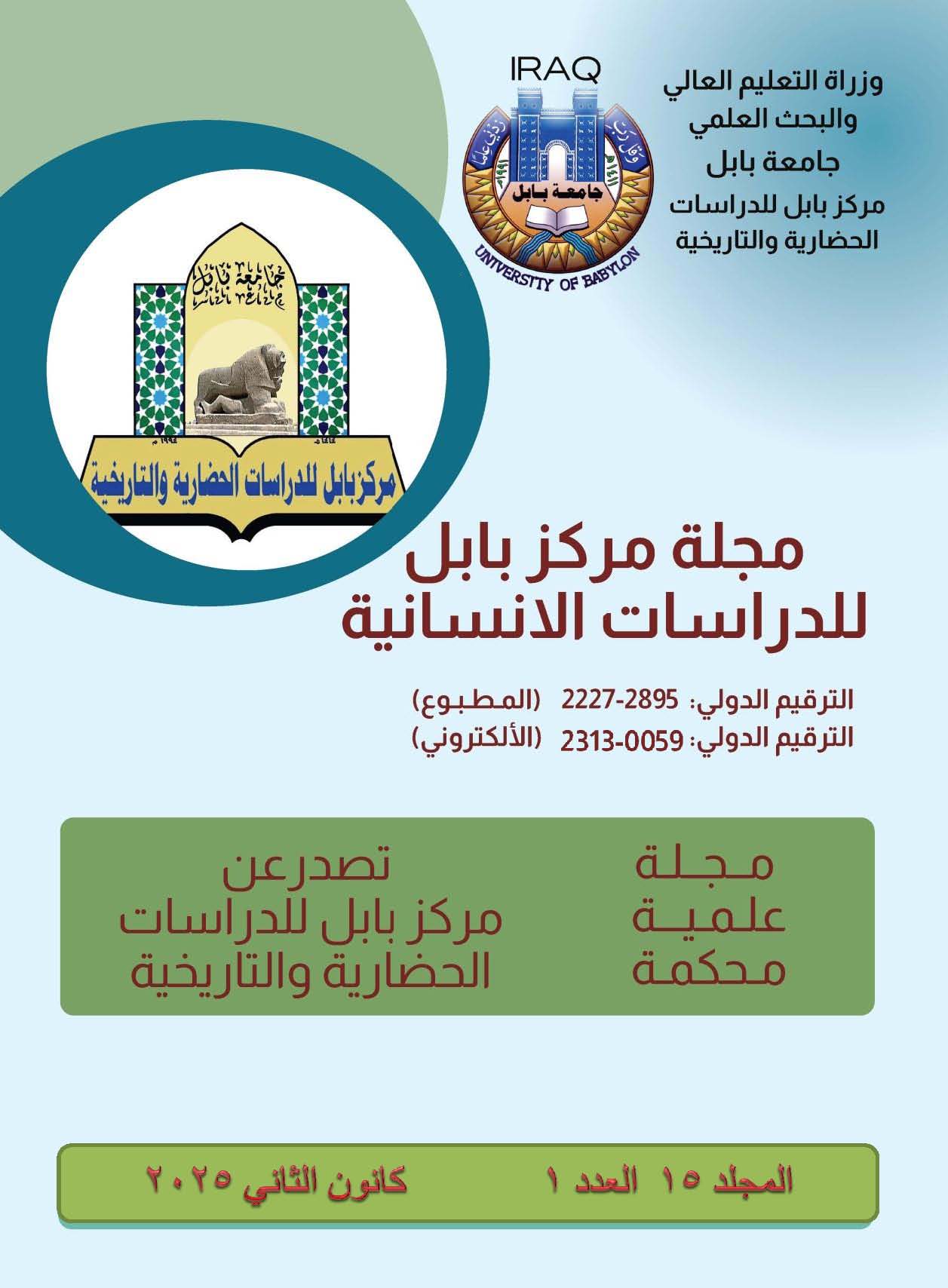The functions of gardens in Andalusia during the Umayyad Caliphate (316-422AH/928-1031AD)
Keywords:
gardens, Umayyads, palaces, public and private MinyatAbstract
Our study on this topic focuses on addressing the most important cultural aspects that are evidence of the sophistication and prosperity that the country of Andalusia has known, which is the social aspect related to the construction of gardens and parks in Andalusia. Our study explained the planning of gardens for this country during the Umayyad period, and the construction of gardens included the palaces of the caliphs. Their ministers, public houses, mosques, and mosques. The researcher relied on the inductive approach of the sources to find out the extent of the Umayyads’ interest in nature. Before addressing these elements, we will give a precise definition of gardens, then we will address the importance of gardens in terms of the factors that helped in their emergence and division into private and public gardens, arriving at the most important. Its functions are that the Islamic society recommended the beauty of nature.
Andalusia during the Middle Ages included a variety of public and royal gardens that reflected the culture and heritage of the Muslim community at that time. Public gardens were open green spaces for relaxation and entertainment for the public, and included various designs such as public gardens and palaces characterized by palm trees, colorful flowers, rivers and waterfalls. As for the royal gardens, they were considered a private haven for rulers and nobles, and were characterized by luxurious designs and wonderful architecture.







